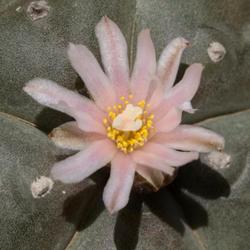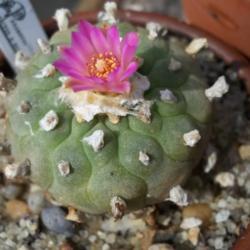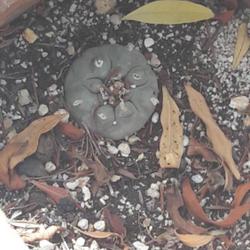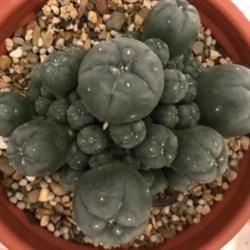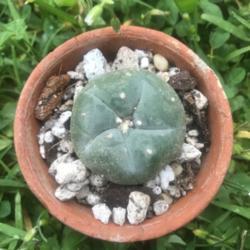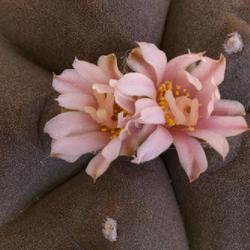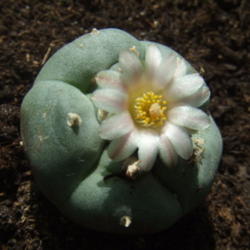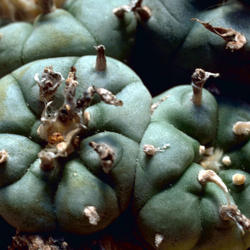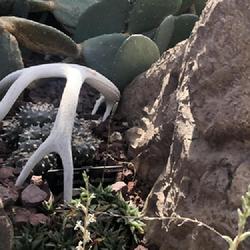| Plant Habit: | Cactus/Succulent |
| Life cycle: | Perennial |
| Sun Requirements: | Full Sun Full Sun to Partial Shade |
| Water Preferences: | Dry Mesic Dry |
| Minimum cold hardiness: | Zone 8b -9.4 °C (15 °F) to -6.7 °C (20 °F) |
| Flower Color: | Pink Red White |
| Bloom Size: | Under 1" |
| Flower Time: | Spring Summer |
| Underground structures: | Taproot |
| Suitable Locations: | Xeriscapic |
| Uses: | Medicinal Herb |
| Resistances: | Drought tolerant |
| Propagation: Other methods: | Cuttings: Stem Offsets |
| Containers: | Suitable in 1 gallon Suitable in 3 gallon or larger Needs excellent drainage in pots |
| Miscellaneous: | Tolerates poor soil |
| Conservation status: | Vulnerable (VU) |

